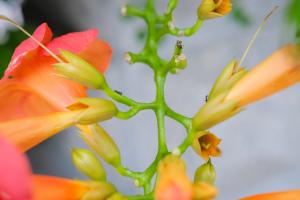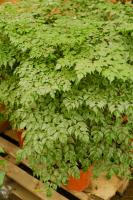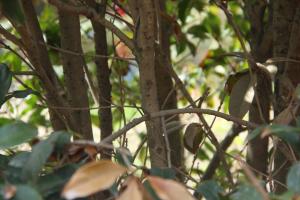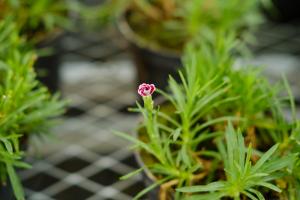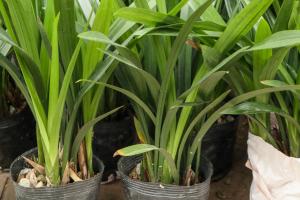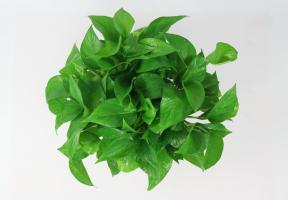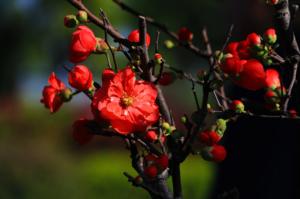Selection of varieties and bonsai pots
Generally speaking, elm bonsai will be carried out with elm because of its tenacious vitality. Even if the soil balls are scattered, as long as the roots carry the soil, they will have a very high survival rate. After selecting the varieties, select a slightly larger bonsai basin according to the size of its footwall, and the best texture of bonsai basin is purple sand, clay, etc
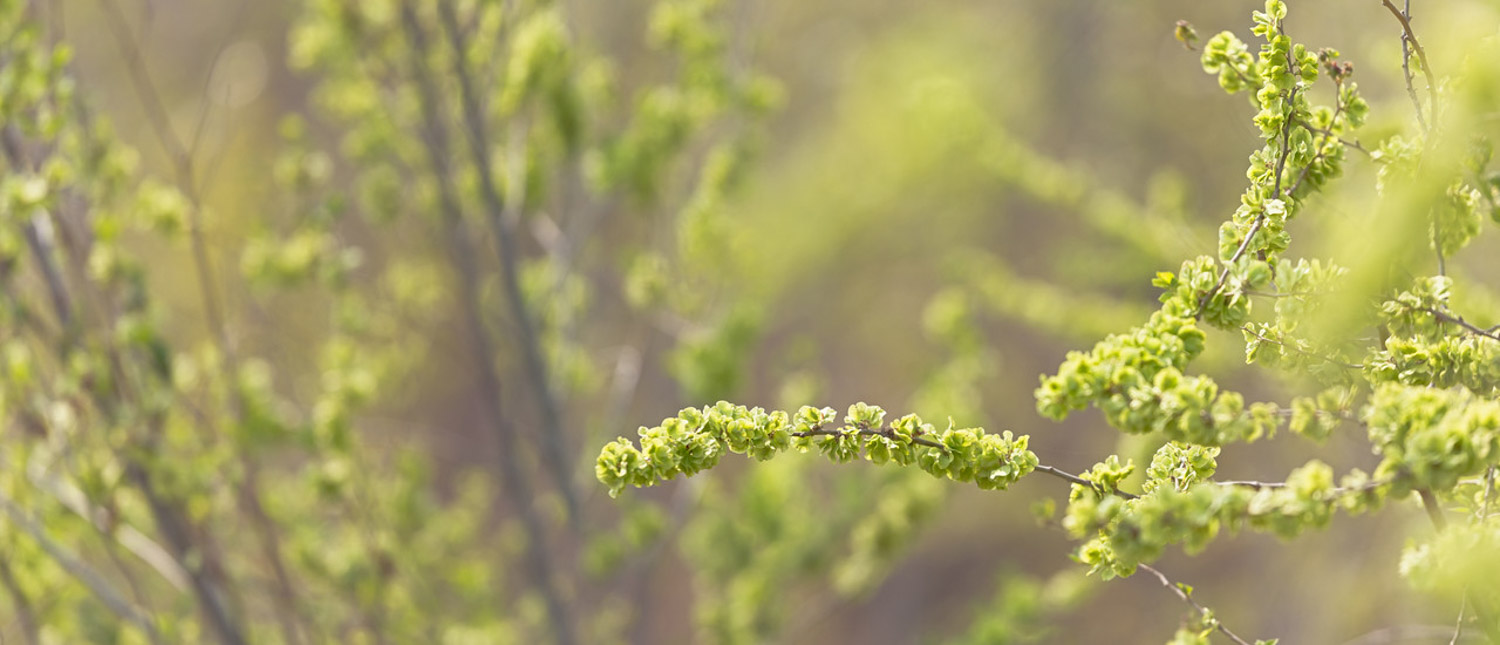
Selection of basin soil for elm bonsai
The transplanting of elm bonsai needs to prepare fertile and loose soil, fresh moss of moderate size, and a small amount of accessories and cement. It should be noted that the basin soil should not be too sticky and contain too much sand
Specific steps for transplanting elm bonsai
First, soak the new bonsai basin in clear water for one hour, then take the elm and put it on the side of the bonsai to adjust the shape. At this time, it should be noted that the elm not in the basin should be placed in the semi shade or shelter. Then fill the basin with soil and beat it while filling, so that the soil can be compacted properly and should be medium high and low around. After the filling is completed, the moss covered soil shall be watered. Water more and pour the basin soil thoroughly. After that, first place the elm bonsai in a semi shady environment, then gradually accept the sun, and then move to a place with good light
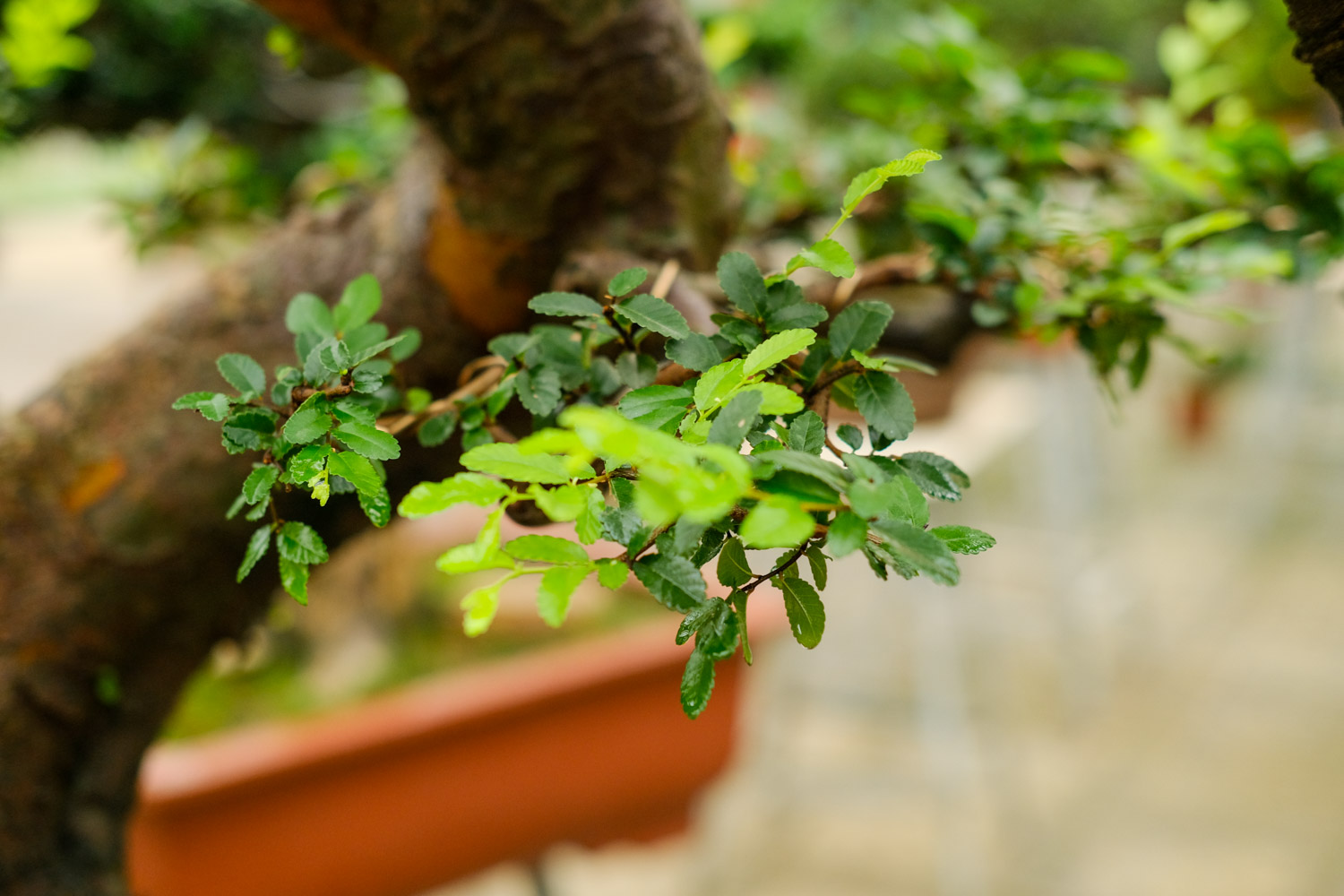
Precautions for transplanting elm bonsai
After transplanting elm bonsai, it is best to spray low concentration potassium dihydrogen phosphate on the leaves. If the shape of elm bonsai is found to be poor, it should be trimmed in time to maintain its ornamental value. When watering and spraying water, pay attention not to overdo it. As long as the plant is not withered, the surface shall be subject to moisture, and the water shall not flow< span>

 how many times do yo...
how many times do yo... how many planted tre...
how many planted tre... how many pine trees ...
how many pine trees ... how many pecan trees...
how many pecan trees... how many plants comp...
how many plants comp... how many plants can ...
how many plants can ... how many plants and ...
how many plants and ... how many pepper plan...
how many pepper plan...